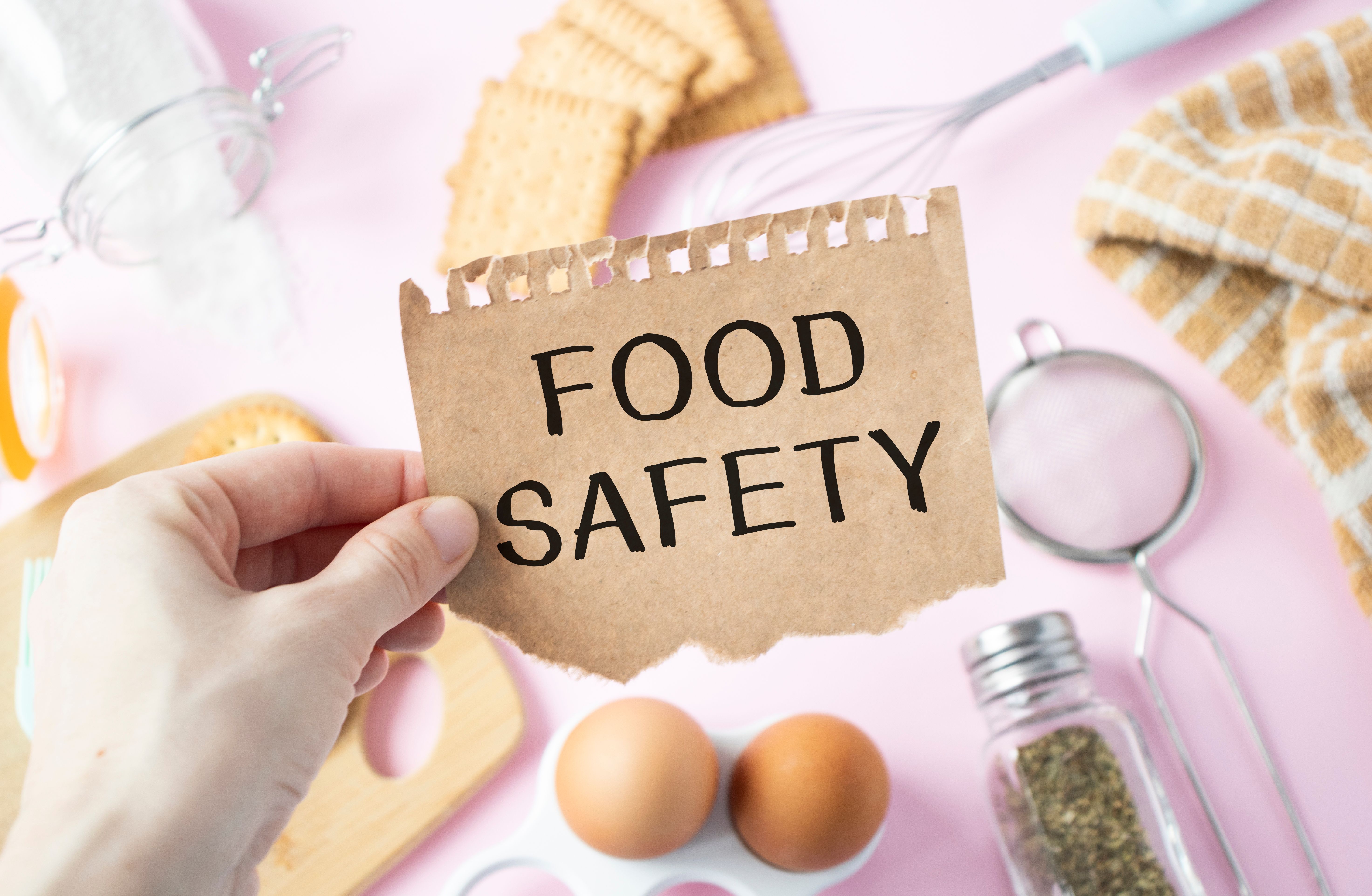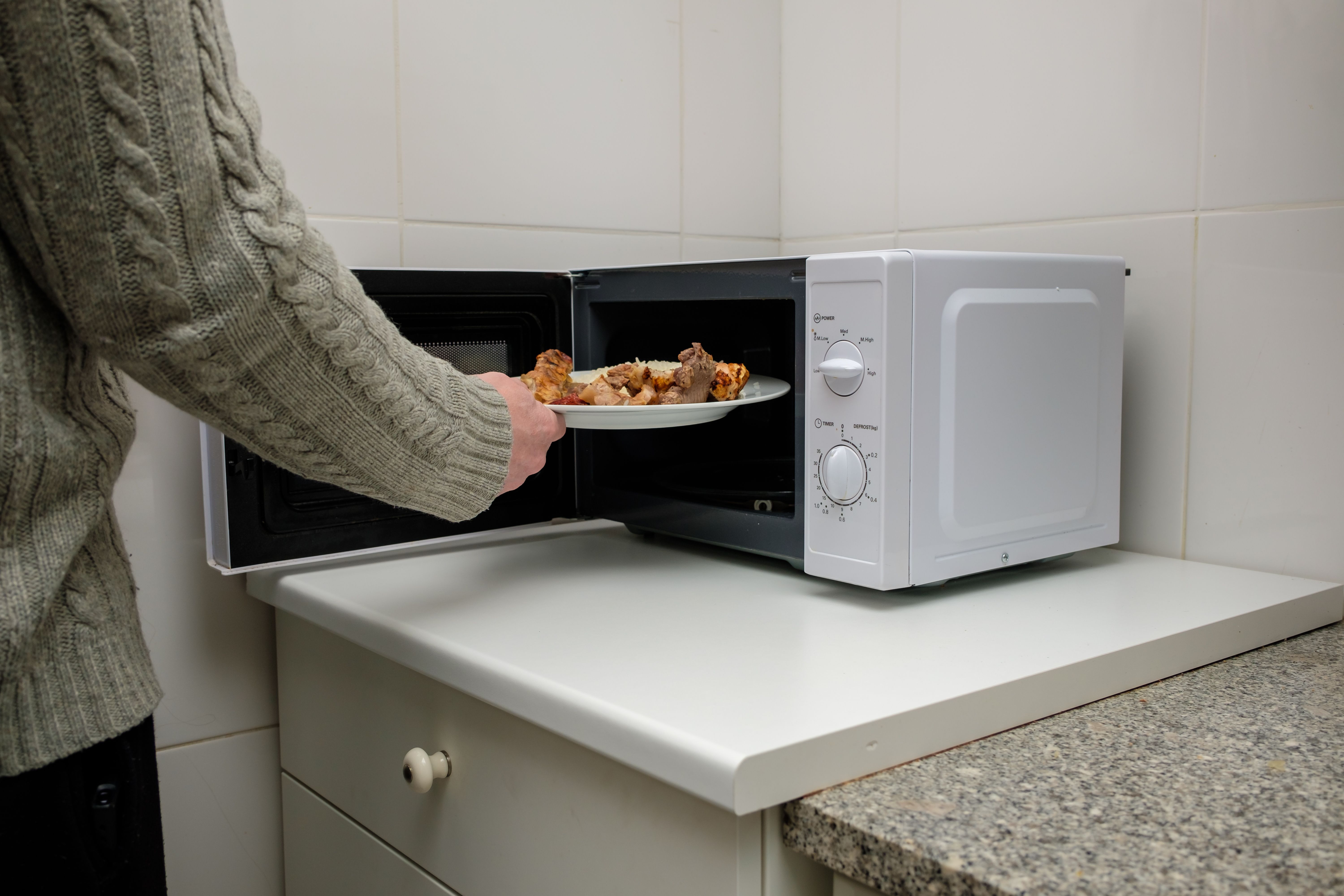Debunking Common Food Safety Myths: Expert Insights
Understanding Food Safety Myths
When it comes to food safety, misconceptions can lead to unnecessary worry or, conversely, to dangerous practices. By debunking common food safety myths, we aim to provide you with expert insights to keep your kitchen safe and your meals healthy. Inaccurate information about food safety not only misleads but sometimes contributes to unhealthy practices in food handling and preparation.
Many people believe that food safety is all about ensuring that food doesn't spoil and looks visually appealing. However, food safety is more about preventing foodborne illnesses which aren't always visible or detectable by smell. Let's explore some common myths and uncover the truths behind them.

Myth 1: The Five-Second Rule
The idea that food dropped on the floor is safe to eat if picked up within five seconds is a popular myth. However, experts warn against this practice. Bacteria can transfer to food instantaneously upon contact with a contaminated surface. The type of surface, moisture level, and the nature of the food item all play a significant role in bacteria transfer, making the "five-second rule" an unreliable measure for food safety.
Instead of relying on this rule, it's crucial to ensure that your food surfaces are clean and sanitized. Regularly cleaning floors and countertops can help minimize the risk of contamination.
Myth 2: Washing Raw Meat is Necessary
Many people believe that washing raw meat before cooking helps remove bacteria. However, this practice can increase the risk of cross-contamination. Washing meat can cause water droplets containing bacteria to spread onto other surfaces in your kitchen. Cooking meat at the recommended temperature is the best way to eliminate bacteria.
If you're concerned about cleanliness, focus on cleaning your cooking tools and surfaces instead. Use separate cutting boards for meats and vegetables to further reduce the risk of contamination.

Myth 3: Leftovers Can Be Stored Indefinitely
Another widespread misconception is that leftovers can be stored in the refrigerator indefinitely without going bad. While refrigeration slows down bacterial growth, it doesn't stop it completely. Leftovers should typically be consumed within 3 to 4 days to ensure safety and quality.
To extend the shelf life of your leftovers, consider freezing them if you don't plan to eat them within a few days. Always label your containers with dates to keep track of how long your food has been stored.
Myth 4: Microwaving Kills All Bacteria
Microwaving is a quick way to heat food, but it doesn't guarantee that all bacteria are killed. The uneven heating of microwaves can leave cold spots where bacteria can survive. To ensure even cooking, stir or rotate your food during the heating process and use a food thermometer to check that it has reached a safe internal temperature.

Myth 5: All Foodborne Illnesses Show Immediate Symptoms
A common assumption is that symptoms of foodborne illnesses appear immediately after consuming contaminated food. In reality, symptoms can take anywhere from a few hours to several days to manifest, depending on the bacteria or virus involved.
If you suspect you've contracted a foodborne illness, it's important to monitor your symptoms and seek medical advice if necessary. Understanding the potential delay in symptoms can help you identify the source of contamination more accurately.
By dispelling these myths and arming yourself with accurate information, you can protect yourself and your loved ones from foodborne illnesses. Remember that good food safety practices begin in the kitchen with proper hygiene, cooking, and storage techniques.
